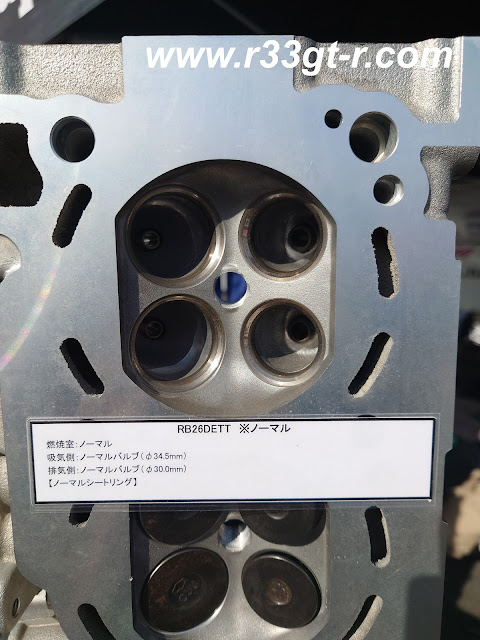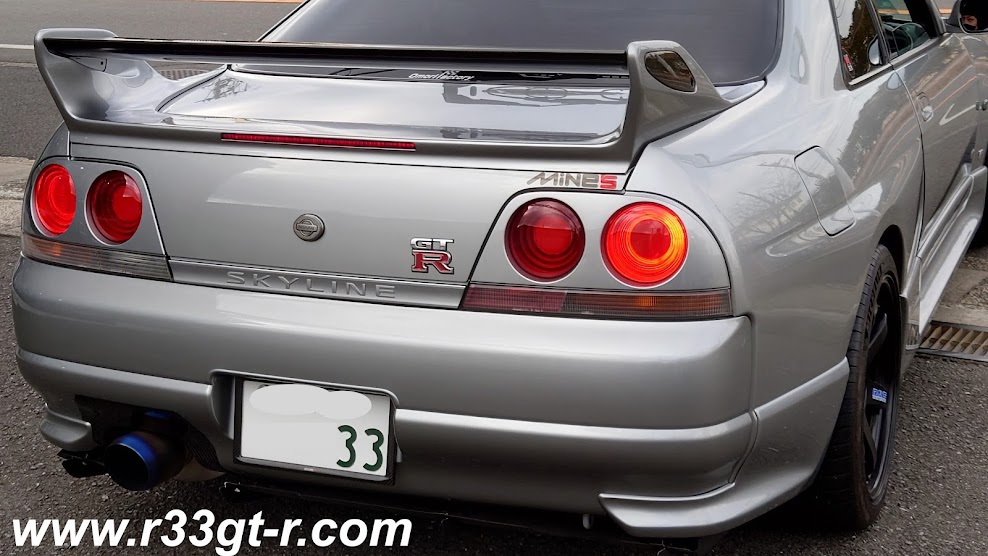So I've been skimming some of the social media coverage of the R's meet lately, and one tuner/booth that seems to not get much attention is the one for NAPREC, short for Nagoya Precision. Established in 1997 by Minoru Nagoya (yep, so the company is not named after the city), everyone in the aftermarket engine tuning world here in Japan knows about NAPREC.
It's no secret that, if you want your rebuilt engine to perform at its best for its specified usage, you get in line and send the cylinder head in to NAPREC to be machined properly, so as to allow for the use of bigger valves, ensuring the smoothest flow of fresh air into and exhaust out of each cylinder, and changing the shape of the combustion chamber, to give a few examples. Check out their high-response menu. A not so well kept secret is that all the big name famous tuning houses send their engine heads into NAPREC - I recall Nakayama-san at Mine's telling me that he used to spend hours himself manually porting out the intake/exhaust ports for each engine he worked... but given the stuff that was included in the menu for my engine, I am pretty sure for the rest of the nifty bits added to my car's engine - strengthened valve guides, intake valves, etc. - the head was sent into NAPREC. In any case, for sure now, given how busy Mine's is, I am sure they outsource most of their cylinder head work to NAPREC (confirmed by Nagoya-san at his booth...)
Anyway, I wanted to share a few photos I took at his booth.
 |
| Just sitting pretty. Not even an RB26 head! |
 |
| Anyone know what that gold ring is around each valve cutout? |
Ok so this is an RB26 head, but check out how each cylinder combustion chamber is shaped differently in order to demonstrate what NAPREC can do.
Here are some close-ups, starting at the top.
 |
OEM normal combustion chamber, with normal intake side valves of 34.5mm and exhaust side valves of 30.0mm, and normal seat rings.
|
 |
| This one (on bottom) shows "High Response Kit Machining" - normal combustion chamber, intake showing NAPREC forged big valves at 34.8mm (0.30mm more than oem); normal valves used on the exhaust side, except they have been refaced; and normal seat rings. |
 |
| This one (on bottom) shows the "High Response Big Valve Spec" with the combustion chamber machined to "full squish", intake valves the NAPREC forged big valves at 34.8mm, exhaust valves the NAPREC forged big valves 1.00mm wider than OEM at 31.00mm, and normal seat rings. |
 |
| Bottom one here shows the "High Response Intake Drag Valve Spec" which differs from the "High Response Big Valve Spec" by having the combustion chamber machined to "Hemi Circle shape" and the intake valve is a NAPREC Drag spec forged big valve at a massive diameter of 36.00mm, 1.50mm wider than OEM! |
 |
| Finally, this one on the bottom - sorry for the poor quality photo - shows the Drag Kit Machining, which adds to the High Response Intake Drag Valve Spec by incorporating a full circle machined combustion chamber, exhaust side NAPREC Drag Spec Forged Big Valve with a diameter of 1.50mm wider than OEM at 31.5mm, large diameter seat rings - beryllium ones shown here. |
I guess the bigger valves make sense, but I was most curious about the different shaped combustion chambers. Check out this
NAPREC webpage for details. Interesting that the OEM combustion chamber has a volume of 65cc, Full Squish is 69.5cc, Hemi circle is 70.3cc, and Full Circle is 71cc.
 |
| From top to bottom - Full Circle, Hemi Circle, and Full Squish. |
So even though the Full Squish looks pretty OEM, it actually provides the biggest step up in volume, with Hemi and Full Circles only being with 1.5cc of the Full Squish. And yes I asked and my Mine's engine should have the Full Squish (and yes it seems that way in checking this old blog post).
Anyway, it was nice to learn something somewhat mechanical - and yes basic - but hey some of these things you have to get up close and personal to really appreciate the precision that is required to produce super smooth and responsive engines.
In my next post, I am going to try to explain something very interesting I found... a possible future product which I am definitely interested in...

















